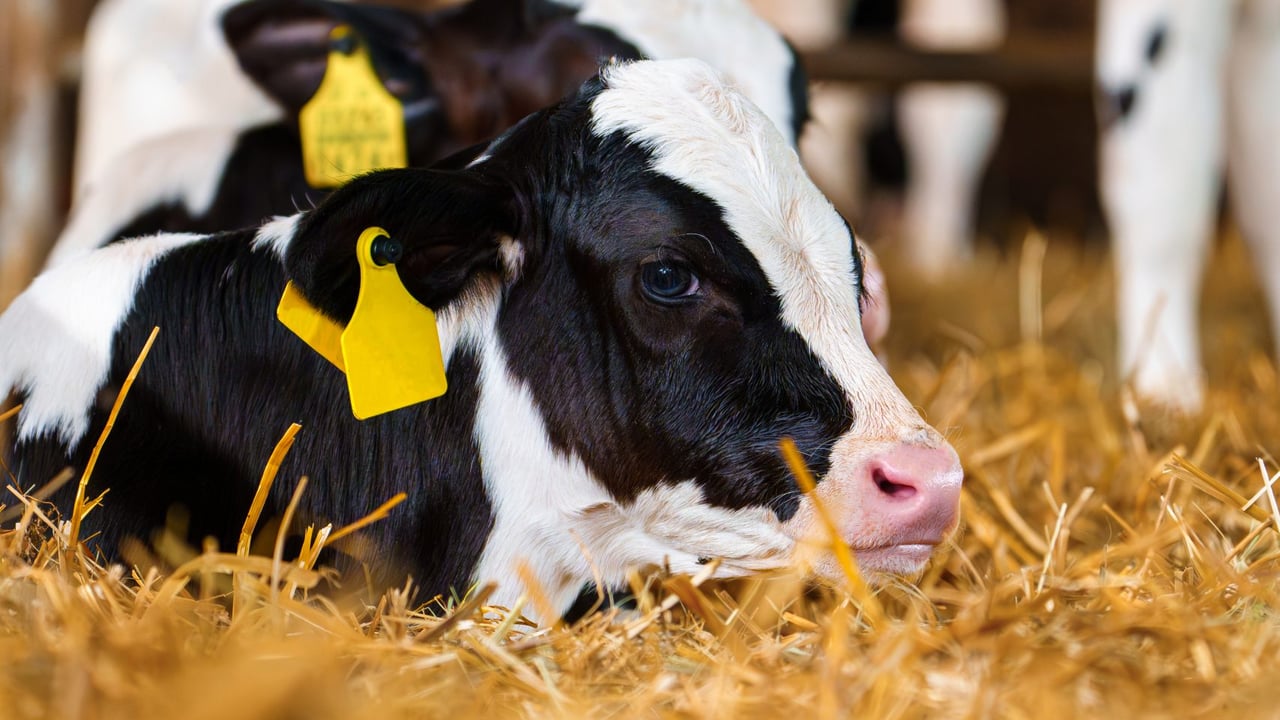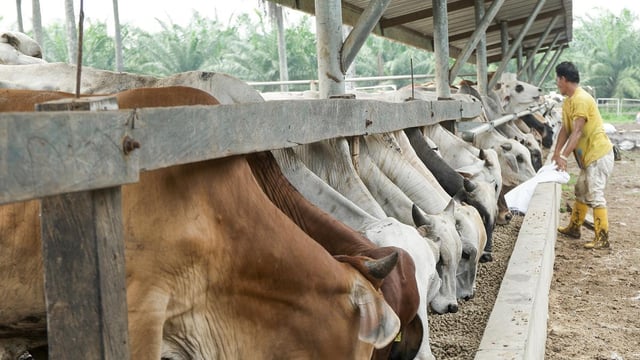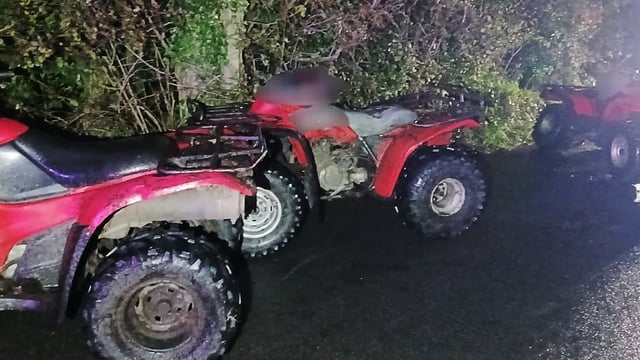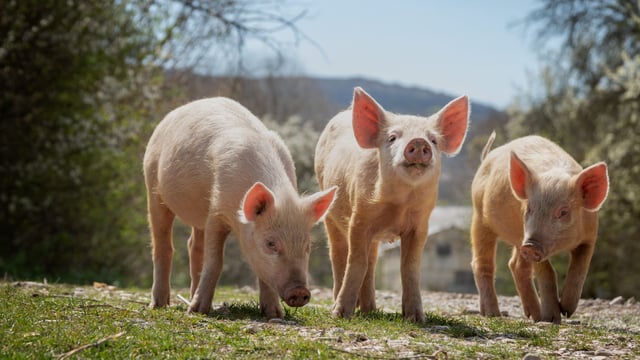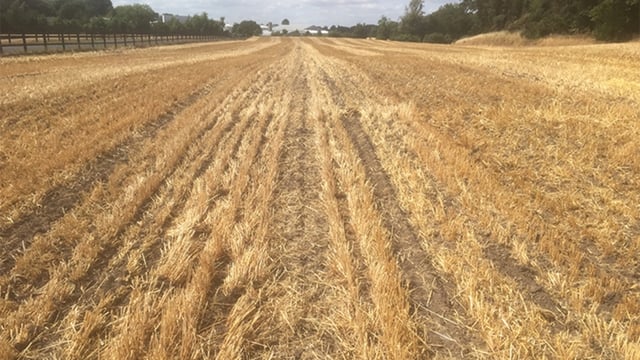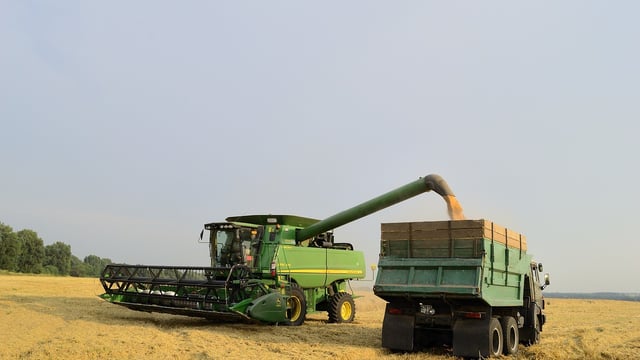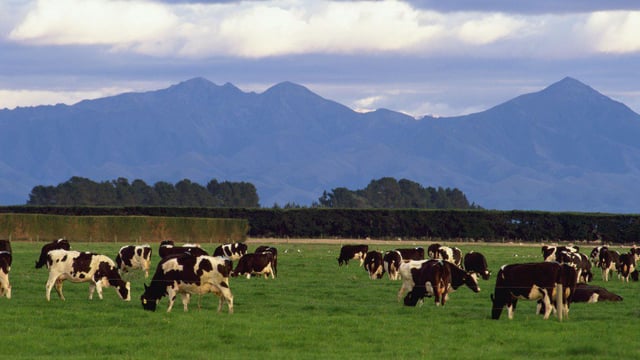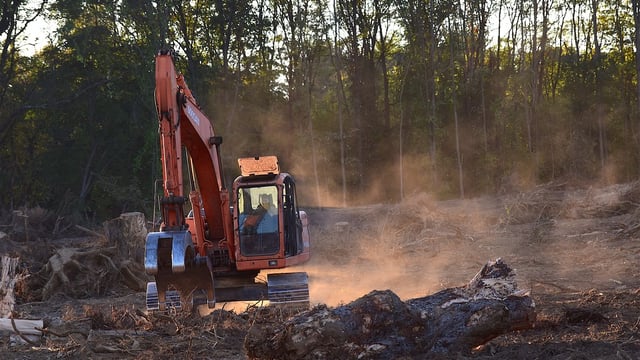Sporadic outbreaks of BVD continue to cause concern - AHWNI
Sporadic outbreaks of bovine viral diarrhoea (BVD) are continuing to cause concern, Animal Health and Welfare Northern Ireland (AHWNI) has warned.
While the incidence of BVD locally has remained at a constant level for the last two years, sitting at between 2% and 3%, the previous downward trend has paused.
"Across NI, in herds with infection detected during the past three months, over half of the affected herds had BVD positive animals present on farm last winter," AHWNI said.
This was during the "critical time period when the dams of the latest positives would have been infected, so the source of current infection is most likely to be the previous cases on those particular farms".
"Many of the affected farmers have decided to vaccinate their herds in order to reduce the risk of further vertical transmission of the infection to developing calves through their mothers during pregnancy," AHWNI said.
Purchasing risks
In approximately a quarter of the herds with recently disclosed infection, new stock, and in some cases pregnant stock, had been purchased during the window of susceptibility for the dams of the current positives, and were regarded as being the potential source of infection, according to AHWNI.
"To understand and reduce this risk, herd owners are encouraged to carry out due diligence: ideally sellers should be asked whether BVD has been present in their herd during the previous year and at what stage any positives were removed," AHWNI said.
"Industry has consistently called for the introduction of BVD herd statuses, to inform farmer purchasing.
"The commencement of BVD herd restrictions last February has led generally to BVD positive animals being disposed of in a more timely way, reducing the risk of circulating virus moving out of these herds in transiently infected cattle."
Highest levels of disease
Recently, the highest levels of disease have been disclosed in the Newry, Armagh and Enniskillen divisional veterinary offices (DVO) areas, with approximately half of all positive animals being in these locations, AHWNI said.
During the grazing season, farmers are encouraged to take action to prevent livestock contacts at boundaries with neighbouring cattle.
The can be done by having either electric or double fencing in place, or by managing grazing alternately in conjunction with neighbouring farmers so as to reduce the risk of virus transmission.
Disposing
Farmers are encouraged to dispose of BVD positive calves by getting them euthanised on farm and using licensed routes of disposal, the AHWNI said.
"Thorough cleaning and disinfection of areas that could be contaminated with the virus, such as housing, yards, crushes and trailers where BVD positive animals may have been present, is essential," it said.
"Any attempt to retain positive calves or to avoid culling them can put multiple farms at risk.
"BVD positives, including those with no clinical signs of disease, shed enormous amounts of virus and present a significant risk to other cattle on their holding as well as to cattle on neighbouring premises."

